When faced with water damage, choosing the right tools for recovery is crucial. Dehumidifiers and air movers are two of the most common devices used in the process of restoration. Both play a significant role, but they serve different purposes. Understanding their distinct functions can help you decide which equipment is best suited for your specific situation.
Understanding Water Damage Restoration
Damage can occur due to various reasons like flooding, pipe bursts, or heavy rainfall. When water invades your home, it can lead to severe structural damage, mold growth, and health hazards. Effective restoration involves removing excess water, drying out affected areas, and restoring your home to its original condition.
The Role of Air Circulation
Air circulation is vital in the drying process. It helps evaporate moisture from wet surfaces, making it easier to remove with dehumidifiers. Proper air circulation can speed up the drying process, reduce the risk of mold growth, and minimise damage to your property.
Dehumidifiers for Water Damage
Dehumidifiers for water damage are crucial for restoring homes after flooding or leaks. These are machines designed to remove moisture from the air.
They work by drawing in damp air, cooling it to condense the moisture, and then releasing dry air back into the environment. This process helps lower the humidity levels in a room, preventing mold growth and further damage.
Types of Dehumidifiers
- Refrigerant Dehumidifiers: These are the most common type used in restoration. They work efficiently in warm and humid conditions but may not perform well in low temperatures.
- Desiccant Dehumidifiers: These machines use chemical substances to absorb moisture. They are more effective in colder environments and are often used in situations where refrigerant dehumidifiers might not be suitable.
Benefits of Using Dehumidifiers
- Prevents Mold Growth: By reducing humidity levels, dehumidifiers inhibit the growth of mold and mildew.
- Reduces Health Risks: Lower humidity levels decrease the risk of respiratory problems caused by mold spores.
- Protects Property: Removing excess moisture helps prevent warping, swelling, and other water-related damage to your belongings.
Air Movers: The Power of Air Circulation
Air movers, also known as blowers or fans, are used to increase air circulation and speed up the evaporation process. They are typically placed on the floor and angled to blow air across wet surfaces.
Types of Air Movers
- Centrifugal Air Movers: These have a powerful airflow and are ideal for drying specific areas or spots.
- Axial Air Movers: These are designed for moving large volumes of air and are suitable for drying large spaces.
Benefits of Using Air Movers
- Speeds Up Drying Process: By increasing airflow, air movers help evaporate moisture more quickly.
- Reduces Drying Time: Faster drying times minimise the risk of mold growth and structural damage.
- Versatile Applications: Air movers can be used in various settings, from homes to commercial spaces.
Dehumidifiers vs Air Movers: Which is Best?
Both dehumidifiers and air movers have their place in restoration. However, their effectiveness depends on the nature and extent of the damage.
When to Use Dehumidifiers
- High Humidity Levels: If the humidity in the affected area is high, dehumidifiers are essential to remove moisture from the air.
- Preventing Mold: Use dehumidifiers to prevent mold growth by maintaining optimal humidity levels.
- Long-term Drying: For ongoing moisture issues, dehumidifiers offer a sustainable solution.
When to Use Air Movers
- Immediate Drying Needs: Air movers are excellent for quickly drying surfaces after a water intrusion.
- Large Spaces: Use air movers to circulate air efficiently in large areas.
- Initial Response: In the early stages of damage recovery, air movers can help remove surface water rapidly.
Combining Dehumidifiers and Air Movers
For optimal results, a combination of both dehumidifiers and air movers is often recommended. Air movers can be used to evaporate moisture from surfaces, while dehumidifiers remove the evaporated moisture from the air. This one-two punch approach can significantly speed up the drying process and improve the overall effectiveness of restoration efforts.
Conclusion
In the battle of dehumidifiers vs air movers, there is no clear winner. Each tool has its unique strengths and, when used together, can provide a comprehensive solution for recovery.
By understanding the roles of each device and assessing the specific needs of your situation, you can make an informed decision that ensures the quickest and most efficient restoration of your property.
Remember, time is of the essence when dealing with water damage. The faster you act, the better your chances of minimising damage and reducing restoration costs.
Whether you’re dealing with a minor leak or a major flood, having the right equipment can make all the difference in restoring your home to its pre-damaged condition.


